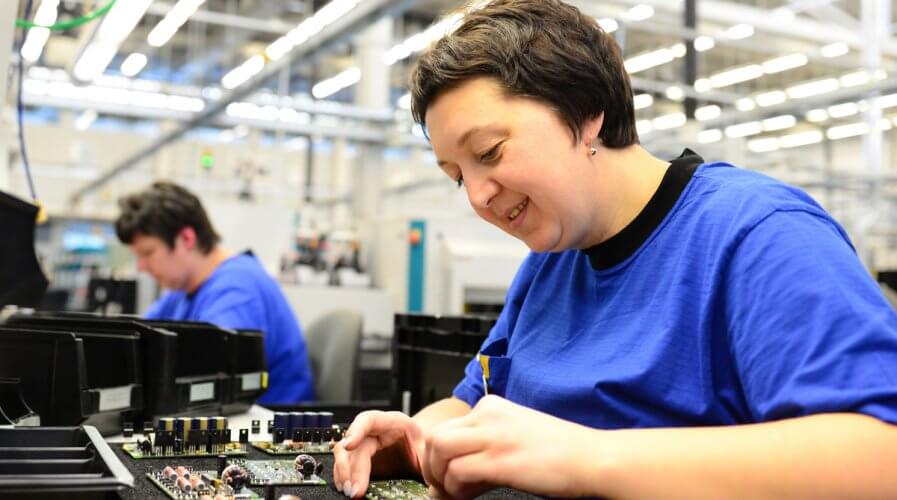
Demand for IoT-based products and services set to surge in APAC. Source: Shutterstock
IoT is expected to help APAC businesses grow revenues quickly
THERE is no doubt that the internet of things (IoT) will create exciting new revenue-generating opportunities for businesses — in B2B as well as B2C environments.
This is especially true in the Asia Pacific (APAC) region where users are keen to use technology to simplify tasks and workflows.
According to a recent GlobalData forecast, the marketplace for IoT-related services, which includes connectivity, devices, software, and related solutions, is projected to exceed US$96.3 billion in sales by 2023, growing at a compound annual growth rate (CAGR) of 22.4 percent between 2018 and 2023.
Further, the forecast clarified that the APAC IoT market will be dominated by software and services. However, growth from connectivity and devices will accelerate with the launch of more cellular-based IoT networks supported by 5G.
“In the IoT marketplace, connectivity is generally seen as the lowest spot in the value chain, followed by devices. The highest value IoT services come from providing software platforms and applications for IoT management and operations,” said GlobalData Senior Technology Analyst Malcolm Rogers.
“While telecoms operators are well-positioned to supply connectivity, many want to move up the value chain to offer higher-value services like IoT management platforms.”
One of the key drivers of growth will be the continued focus on smart cities and industry 4.0 initiatives from vertical industries like manufacturing, utilities, and energy. As a result, governments are likely to spend just as much on IoT and IoT-related services as business owners.
Although the outlook is exciting for vendors providing IoT-based services, the reality is that this is the right time for businesses to re-think how they will leverage IoT to create new revenue sources for themselves.
In manufacturing, for example, IoT can help producers of enterprise-grade equipment create additional revenue streams by offering their products as a service or by using data generated by the equipment to offer predictive maintenance services.
In the logistics industry, on the other hand, IoT — enabled by 5G — can help businesses deliver real-time tracking, better analytics, and smarter forecasting solutions to clients.
“5G will enable the deployment of millions of devices and sensors, which in some industries can be used to deliver real-time insights into operations, reduce safety hazards and offer services like predictive maintenance,” said GlobalData’s Rogers.
Ultimately, organizations need to understand that IoT is already being considered a mainstream technology today. Leveraging it to grow revenues and drive optimizations can catapult them far ahead of the competition, especially if leaders think outside the box.
READ MORE
- The criticality of endpoint management in cybersecurity and operations
- Ethical AI: The renewed importance of safeguarding data and customer privacy in Generative AI applications
- How Japan balances AI-driven opportunities with cybersecurity needs
- Deploying SASE: Benchmarking your approach
- Insurance everywhere all at once: the digital transformation of the APAC insurance industry


